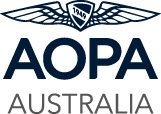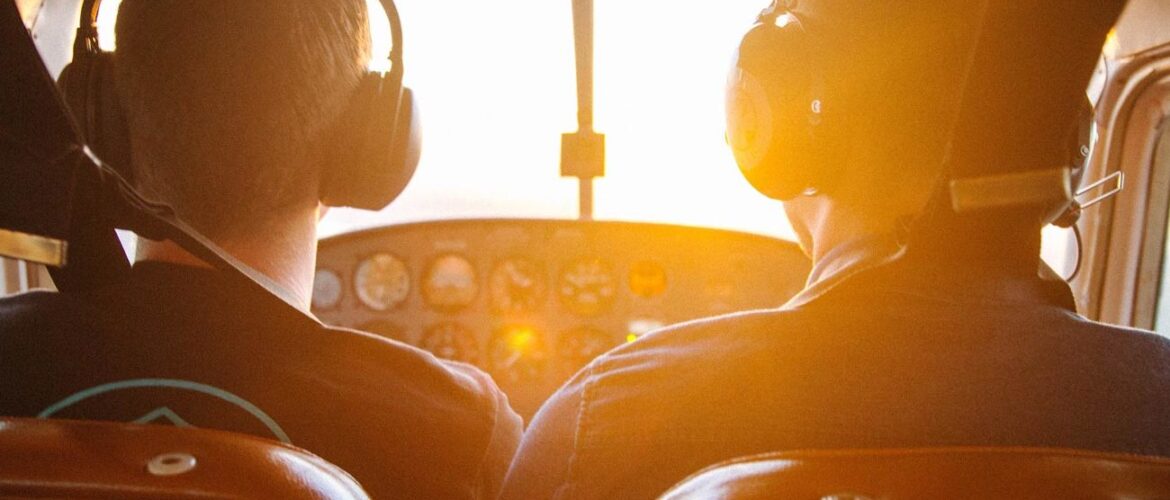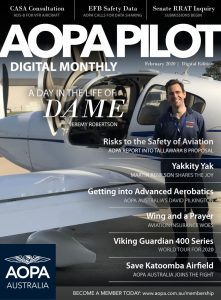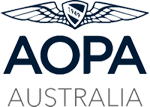I was responding to comments online this week that focused on the issue of medical reform, specifically self-certification pilot medicals, and when we could expect to see them available for RPL and PPL holders in Australia. I thought I would share the following opinion with you all.
I am often asked why there is no self-certification pilot medical standard yet for CASA licensed RPL/PPL holders, with members continuing to question the regulators logic in refusing the community with access to it – yet at the same time approving RAAUS RPC holder’s access.
For those joining the discussion on this issue for the first time, in layman’s terms; self-certification pilot medicals refer to the ability of a pilot to self-declare that they are fit to fly and hold a current private driver’s license. This self-certification standard addresses the obvious; that if you are fit to hold a license to drive a car and carry passengers, then you are fit to fly a light aircraft.
CASA’s somewhat arbitrary ‘good for one but not good for the other’ stance on pilot medicals appears devoid of any serious safety case or genuine risk assessment, with CASA refusing to publish any justification to their decision. Any request from industry or AOPA Australia to provide their safety case and risk assessments have simply been ignored. The Federal Senate Rural Regional Affairs Transport Committee achieve the same result, with CASA ignoring their direction to supply it.
The issue of self-certification pilot medicals frustrates and angers a great many in the RPL/PPL pilot community, and rightfully so. Self-certification pilot medicals have been in use for several decades by RAAUS RPC holders – all approved by CASA.
On one hand CASA says it’s perfectly safe for an RAAUS RPC holder to fly using a self-certification pilot medical, then looks across to RPL/PPL holders, who in many cases are flying the same aircraft from the same airfields in the same airspace, and declaring them unsafe and prohibiting them from accessing the medical standard.
You can be excused if you’re feeling confused, because we all are. What is good for the goose is clearly no good for the gander. Sadly, it has left many wondering as to what has happened to the much touted ‘risk based, proportionate and just regulation approach’ promised by past CASA Directors of Aviation Safety. I fear it has all been marketing and slogans.
It really does not take a genius to work out that CASA is actively discriminating against RPL/PPL holders and that it has delivered seriously anti-competitive regulation to drive it.
I have all but given up counting how many times I have asked successive CASA Directors of Aviation Safety, one very simple but vitally important question; “Yes or No? Is it safe for a pilot to fly recreationally with one passenger outside of controlled airspace, in aircraft with a maximum takeoff weight of 600kgs, using a self-certification pilot medical?”
We all know the answer is an obvious YES!
But in six (6) years this simple question remains unanswered by CASA – why? They refuse to answer it, and this should be of great concern to everyone, because this is a simple question that should neither challenge nor concern an impartial regulator conducting itself in adherence to the law.
And, it’s not just the industry which is being refused an answer either. I have watched on as successive CASA representatives have cleverly testified before Federal Senate Inquiries and Hearings, swearing under oath to provide truthful answers, but all the while dancing around the issue and never once giving a straight answer.
It is my view that CASA cannot answer the question, not because it does not know the answer, but because the answer itself would be to admit that self-certification pilot medicals are being wrongfully held hostage and used by the regulator to drive pilots into Part 149 self-administration.
CASA’s current regulatory stance unjustly forces Australian pilots to submit to paying a private company for access to a medical standard, that should be rightfully and openly available to all Australians who hold a pilot license – period.
This issue is not about which license you hold but is instead about the limitations acceptable to support a self-certification medical standard.
If the limitations of a self-certification pilot medical are that you must only fly only outside of controlled airspace, with one passenger, in an aircraft weighing no more than 600kgs, then these responsibilities can be equally adhered to and discharged by any RPC, RPL or PPL holder.
The above should not be a challenge for CASA to understand or to deliver to industry. Just about every pilot in Australia has some kind of limitation that they adhere to when they go flying. Some are approved for aerobatics, some are not. Some can fly tailwheel, others cannot. Some are licensed to fly IFR and the list goes on. Going further, pilots are well versed in self-certification and continuously assess their fitness to fly, taking into consideration mundane colds and flu, along with other medical conditions and ailments that they experience through the course of ordinary life.
There is absolutely no safety justification whatsoever to support CASA’s continued forcing of RPL and PPL holders into paying a private company to access this vital pilot medical standard.
A pilots affiliation to a private business should have no bearing on what aviation safety standards are set by the Australian Government. CASA’s regulations should be impartial and support aviation nationwide.
CASA now has a new Director of Aviation Safety and CEO, Ms Pip Spence, who unfortunately has inherited what is easily considered a royal mess with respect to pilot medicals. On my last meeting with her, I raised this issue and in the coming week will again forward a submission from AOPA Australia seeking the introduction of a fair and equal system for all pilots.
Under new leadership, CASA has the opportunity to re-engage with industry, delivering risk based, proportionate regulation to support our collective future.
AOPA Australia is determined in its advocacy to achieve a positive outcome, one that goes a great distance in helping all of aviation recover and grow. All we are seeking is for the rights of all pilots to be protected and to ensure that all sectors of aviation have an equal opportunity and footing to participate.
Fingers crossed; we can achieve this important outcome working together.
What are your thoughts? I invite members and industry supporters to post your opinions and comments below, keep your feedback respectful and avoid personal attacks.






